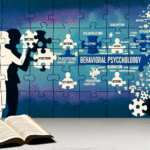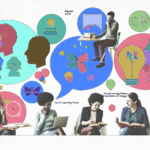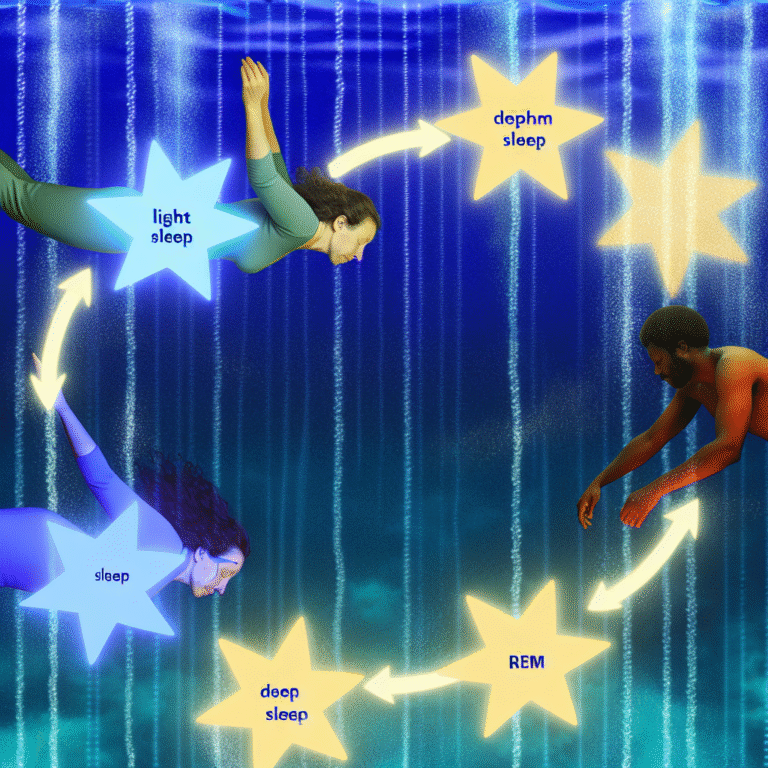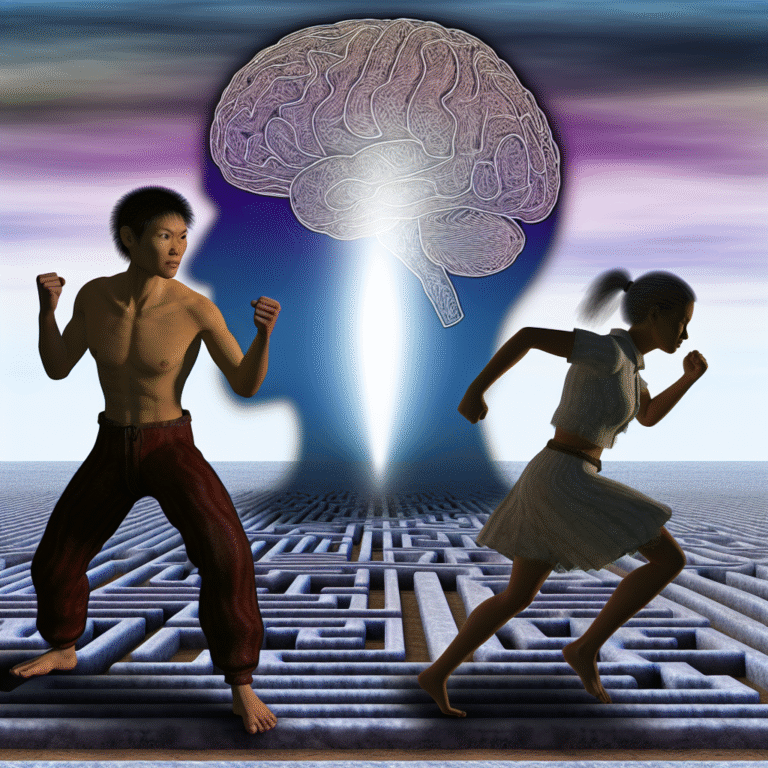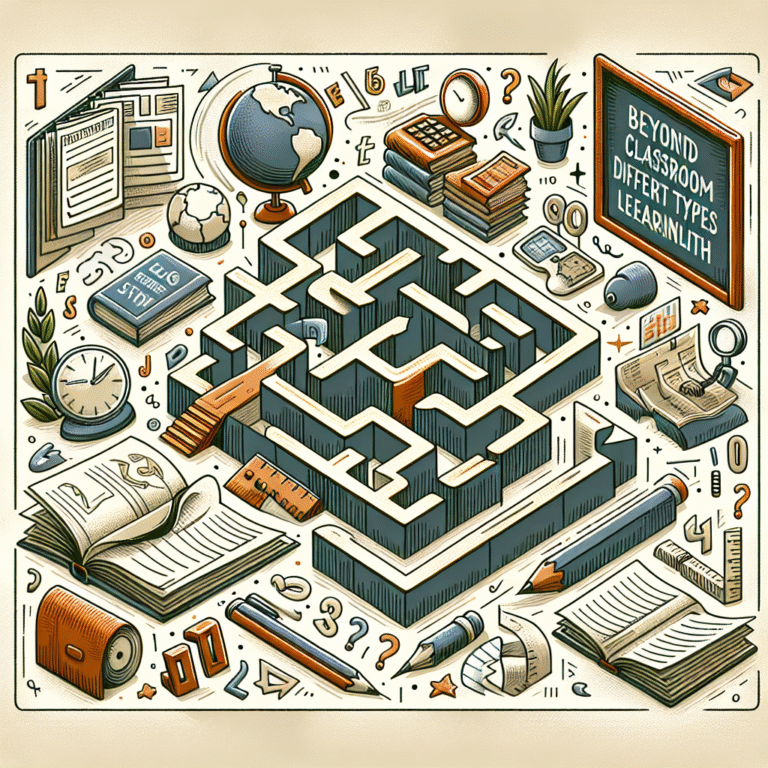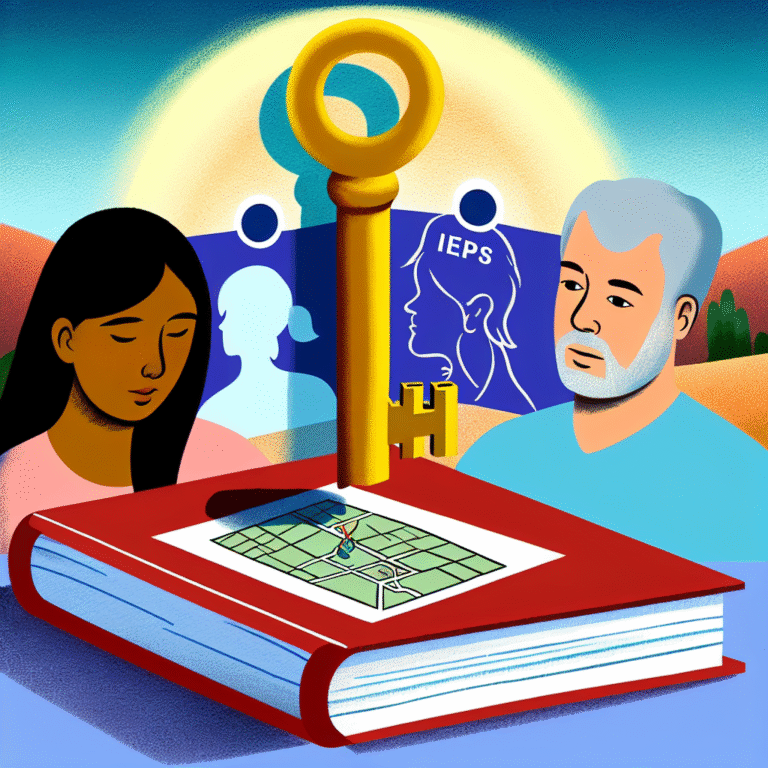
Breathe and Release: Essential Step-by-Step Techniques for Progressive Muscle Relaxation
Introduction
In a world filled with constant demands, stress has become a routine part of our lives. Whether it’s the pressures of work, family responsibilities, or the relentless pace of technology, our bodies often pay the price. Enter Progressive Muscle Relaxation (PMR)—an invaluable technique that empowers us to regain control. Breathe and Release: Step-by-Step Techniques for Progressive Muscle Relaxation is more than just a set of exercises; it’s a pathway to serenity amidst the chaos. Imagine a method that not only calms your mind but also revitalizes your body, allowing you to embrace each moment with clarity and composure.
This article delves into the profound benefits of PMR, explores its various techniques, and provides you with step-by-step guidelines on how to implement this transformative practice into your daily routine. Get ready to breathe deeply, release tension, and rejuvenate your spirit.
Understanding Progressive Muscle Relaxation
What is Progressive Muscle Relaxation?
Developed by Dr. Edmund Jacobson in the early 20th century, Progressive Muscle Relaxation is a systematic approach where you sequentially tense and then relax different muscle groups throughout the body. This not only helps you recognize physical sensations associated with tension and relaxation but also cultivates an awareness of how stress manifests physically.
The Science Behind PMR
Studies suggest that PMR can lead to significant decreases in anxiety, muscle tension, and overall stress. The process promotes a state of physiological relaxation, which can counteract the fight-or-flight response triggered by stress. By focusing deeply on your physical tension and releasing it, you can foster a greater sense of well-being, which leads to enhanced mental clarity and emotional resilience.
Why Breathe and Release?
The phrase Breathe and Release captures the essence of PMR. Breathing deeply activates the body’s parasympathetic nervous system, triggering relaxation. Release refers to letting go of tension—both physically in your muscles and mentally in your thoughts. This dual process is powerful because it bridges the gap between mind and body, creating a holistic approach to relaxation.
The Benefits of Progressive Muscle Relaxation
The Mental Clarity Connection
Research indicates that PMR not only significantly reduces anxiety but also enhances mental clarity and focus. By understanding what tension feels like, you become better equipped to identify mental distractions as they arise.
Physical Benefits
Practicing Breathe and Release: Step-by-Step Techniques for Progressive Muscle Relaxation can lead to noticeable physical improvements such as:
- Lower blood pressure
- Reduced muscle tension
- Improved sleep quality
Emotional Empowerment
Emotional regulation is another critical benefit. PMR encourages mindfulness, helping individuals achieve emotional tranquility. This is invaluable for those dealing with chronic conditions or enduring stressful life changes.
Step-by-Step Techniques for Progressive Muscle Relaxation
Preparation: Creating Your Safe Space
Before you begin your journey with PMR, find a quiet space where you feel comfortable. Turn off any distractions, sit or lie down in a relaxed position, and take a moment to center yourself.
1. Choose a Comfortable Position
- Sitting or Lying Down: It is essential to begin in a position where you will not be disturbed.
- Hands at Your Sides: Ensure your hands are relaxed, palms facing upwards.
2. Breathe Deeply
- Inhale Slowly: Through your nose for a count of four, allowing your abdomen to rise.
- Hold Your Breath: For a count of four.
- Exhale: Through your mouth for a count of six.
Step-by-Step Progressive Muscle Relaxation Techniques
Below is an outlined table representing the muscle groups and corresponding techniques:
| Muscle Group | Tension Technique | Relax Technique |
|---|---|---|
| Feet and Toes | Curl your toes and tense foot muscles (5 seconds) | Release tension and relax for 10 seconds |
| Legs | Tighten thigh muscles (5 seconds) | Release tension and relax for 10 seconds |
| Abdomen | Squeeze your stomach muscles (5 seconds) | Release tension and relax for 10 seconds |
| Hands and Arms | Clench your fists and tense your arms (5 seconds) | Release tension and relax for 10 seconds |
| Shoulders | Shrug shoulders towards your ears (5 seconds) | Release tension and relax for 10 seconds |
| Jaw and Face | Clench your jaw and furrow your brows (5 seconds) | Release tension and relax for 10 seconds |
| Neck | Gently tilt your head back while tensing (5 seconds) | Release tension and relax for 10 seconds |
Implementing the Steps
Engaging Each Muscle Group
Feet and Toes: Start by curling your toes and tensing the muscles, holding for five seconds. Notice the sensation. Then, let go and feel the relaxation wash over your feet.
Legs: Progress to your thighs. Squeeze the muscles tightly for five seconds, absorbing the feeling of tension, then release. Appreciate the sensation of heaviness that follows.
Abdomen: Tense your stomach muscles, pulling them in tightly. Hold for five seconds; then breathe out the tension as you release.
Hands and Arms: Clench your fists and pressure the muscles in your arms. Hold. Feel the contrast as you let go.
Shoulders: Move to your shoulders. Raise them towards your ears. Feel this tightness for five seconds, then drop them back down.
Jaw and Face: Tensing your jaw and forehead creates noticeable tension. Clench and hold before letting it all fall away.
- Neck: Finish with your neck by tilting your head back gently and holding the tension. Release and feel the relaxation extend through your neck.
Recording Your Experience
After completing each section, take a moment to reflect on the process. Consider keeping a journal to track how you feel before and after practicing your Breathe and Release techniques.
Real-Life Applications: Case Studies
Case Study 1: Corporate Stress Management
In a busy corporate environment, YogaTech incorporated PMR into its employee wellness program. After six months, participants reported a 40% decrease in stress levels and increased focus at work. This case highlighted the effectiveness of Breathe and Release: Step-by-Step Techniques for Progressive Muscle Relaxation in improving mental clarity amid workplace pressures.
Case Study 2: PMR in Healthcare Settings
A healthcare facility sought to reduce anxiety levels in patients undergoing surgery. The implementation of pre-surgical PMR sessions resulted in lower anxiety scores. This study serves as a reminder of PMR’s invaluable application beyond traditional settings, showing how Breathe and Release can enhance patient experiences.
Case Study 3: PMR in Education
Teachers at a local high school reported promising outcomes after incorporating short PMR exercises before exams. Students expressed feeling less anxious, leading to better academic performance. Breathe and Release: Step-by-Step Techniques for Progressive Muscle Relaxation empower students to tackle nervousness effectively.
Conclusion
Breathe and Release: Step-by-Step Techniques for Progressive Muscle Relaxation opens the door to a realm of tranquility and empowerment. By integrating PMR into your daily routine, you cultivate a unique relationship with your body, enabling yourself to confront stressors with grace and confidence. Remember, the journey towards relaxation and emotional well-being is gradual, and every small step counts.
So, take a deep breath, embrace the release, and allow the calm to unfold within you.
FAQs
1. What is the difference between PMR and Deep Breathing?
PMR focuses on muscle tension and relaxation, while deep breathing primarily targets relaxation through breath control. Both can be effectively integrated for enhanced relaxation.
2. How long should I practice PMR?
Starting with 10 to 15 minutes a day can provide significant benefits. As you become more familiar with the techniques, gradually increase the duration.
3. Can I practice PMR anywhere?
Yes! While a quiet space is ideal, PMR can be practiced anywhere, including at your desk or in a quiet room.
4. Is it normal to feel more tense after my first attempt?
Yes! It’s common to initially feel discomfort as you become more aware of your muscles. With practice, this will change.
5. Can I use PMR as a tool for managing chronic pain?
Yes! Many individuals report pain relief and reduced muscle tension. However, always consult a healthcare professional for personalized advice.
In this article, you’ve learned that Breathe and Release: Step-by-Step Techniques for Progressive Muscle Relaxation can profoundly impact your quality of life, providing a pathway to reduced stress, enhanced emotional well-being, and physical relaxation. Now, take the time to cultivate this powerful practice within your life and experience its life-changing benefits.
